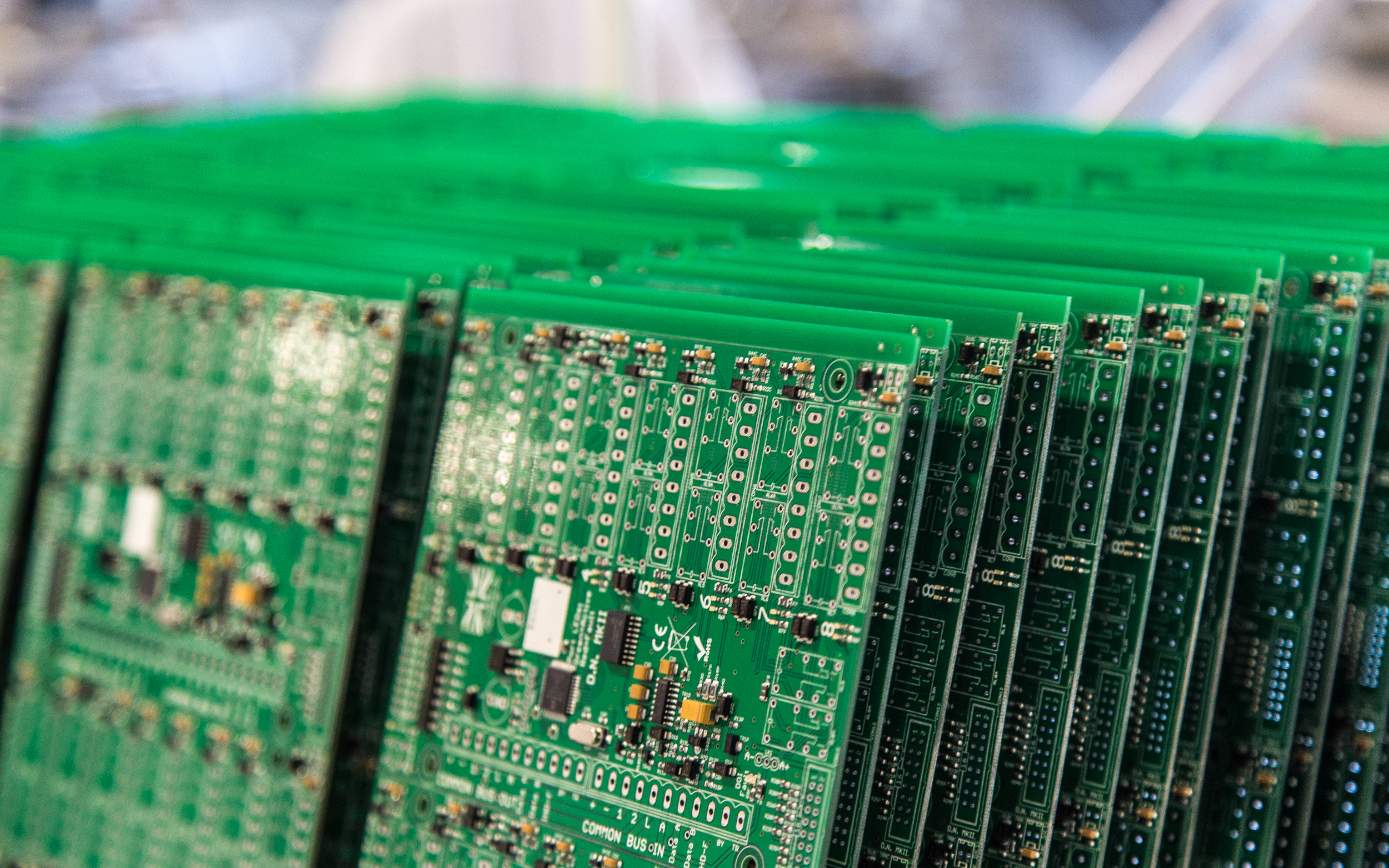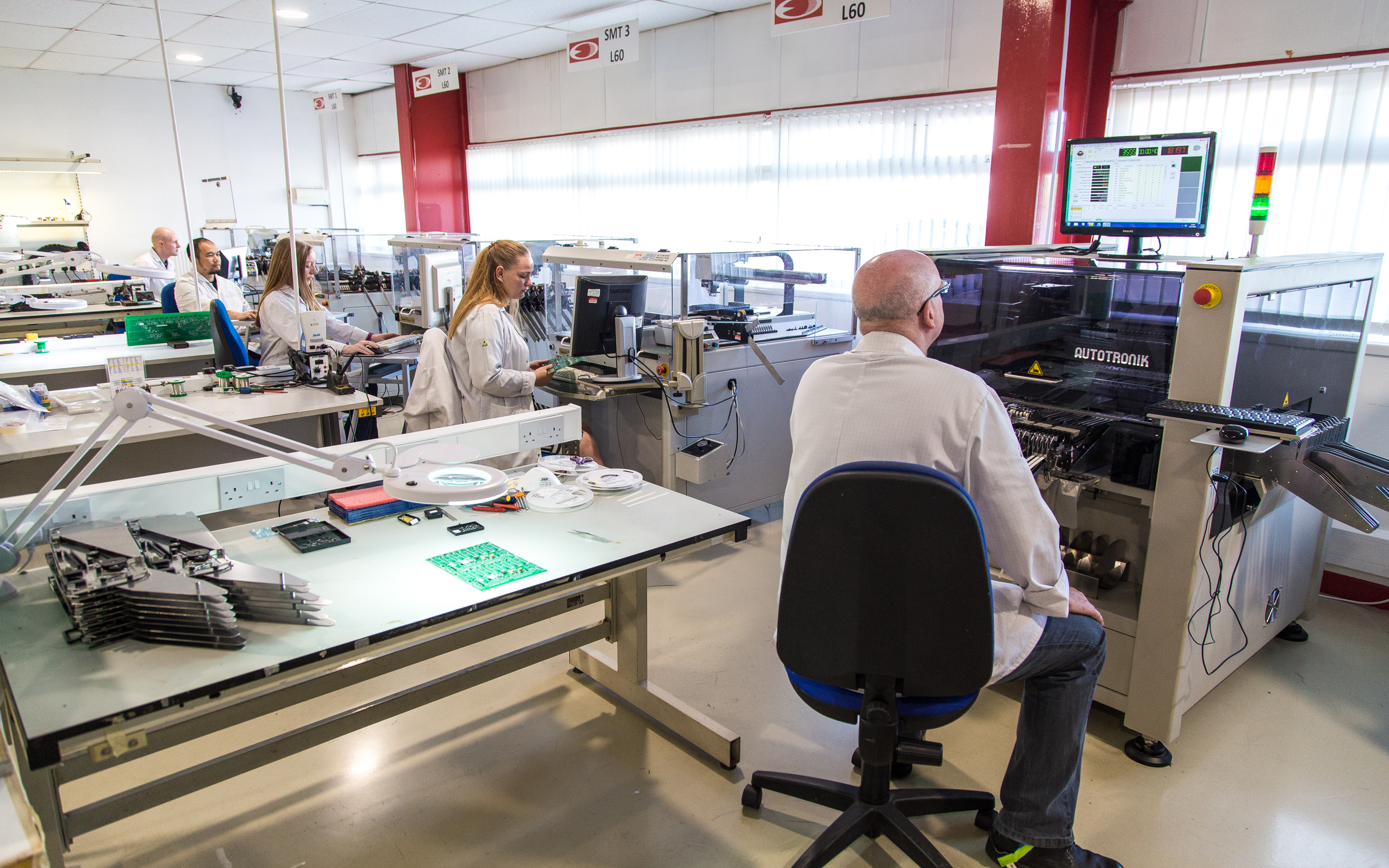
We’re approaching the summer, and as the day and nights become warmer the temptation to go on holiday becomes harder to resist. This can have us thinking about our waistlines. So if you’re feeling a bit sorry for yourself because the diet isn’t quite working out and the Ice Creams have already started occupying your shopping basket, have a read of the inspiring story of ‘computer weight loss!’
Not long ago, computers used to be pretty big. Not massively huge, but certainly much larger than the wafer thin laptops and desktops that we’ve become so accustomed to.
This was because all of the components of the motherboard were attached via a process called through-hole mounting. The process involves attaching components to the motherboard using connecting pins which protrude through the PCBs and are soldered on the reverse side. There’s no denying that through-hole mounting is effective, mainly due to the strength of the bonds and the consistency of the Insertion Mount Machines used for the process (which are no longer in production). But it’s also time-consuming, expensive and bulky. It’s still popular for many markets such as military and aerospace projects but for most consumer products the process isn’t optimal.
Today, surface mounted technology (SMT) assembly is the preferred method. With SMT, components are attached to the motherboard with soldered joints via connection pins on the top of the surface of the PCB (No pins protruding through). This process not only results in a much less bulky end product, it also generally costs less and can be completed much quicker.

SMT is used for all sorts; laptops, smartphones, televisions and most modern electrical products require the process to ensure that they retain their sleek and minimalist design.

If we take a look at the main differences between through-hole technology and SMT assembly, it quickly becomes obvious why SMT is so widely favoured:
- With through-hole technology, the components require connecting pins so they can be attached to the board, which adds to their overall size. With SMT, the components are leadless and are directly mounted to the board surface
- SMT components are often less expensive
- SMT components can be mounted on both sides of the board, helping to save space
- SMT technology is generally quicker and modern placement is much more efficient.
The introduction of SMT Assembly has allowed manufacturers to create many products that would’ve seemed impossible only 20 years ago. The idea that you could one day carry a computer around in your pocket would have seemed ludicrous to many engineers during the 60s, when experimentation with SMT first began. But that is now the reality we live in. And we owe many of these technological advancements to SMT Assembly.
A pertinent example of the shrinkage in size of electronic products over the years would be hard drives. 30 years ago, a 1gb hard drive would be 300mm square. Nowadays, a 32gb hard drive fits into a memory stick!
At European Circuits, we can help businesses from a range of industries with their SMT requirements. Please get in touch with us here for more information.
